Introduction
The Acupuncture Department of Hebei Provincial Hospital of Traditional Chinese Medicine is a key specialty under the National “11th Five-Year Plan”. Over the years, under the correct leadership of the hospital’s party committee, it has been dedicated to the development and research of acupuncture specialty therapies, forming a series of unique TCM treatments that significantly improve clinical efficacy. To further promote TCM specialty therapies and better serve a wide range of patients, we have launched the “Acupuncture Specialty Techniques” column, which will periodically introduce the unique therapies and advantageous diseases of the Acupuncture Department. This issue introduces the technique of fire needle therapy.
Fire Needle
Fire needle therapy involves rapidly inserting a heated needle into the skin, utilizing its warmth to stimulate and treat diseases. This is a traditional external treatment method in TCM.
TCM believes that it combines the advantages of filiform needles and moxibustion, possessing effects such as warming the meridians, dispelling cold and alleviating pain, resolving stasis and dissipating nodules, and eliminating dampness and itching.
Treatable Conditions:It can be used to treat conditions such as herpes zoster, joint pain due to cold, gastric pain due to cold, and menstrual irregularities.
Technical Personnel:

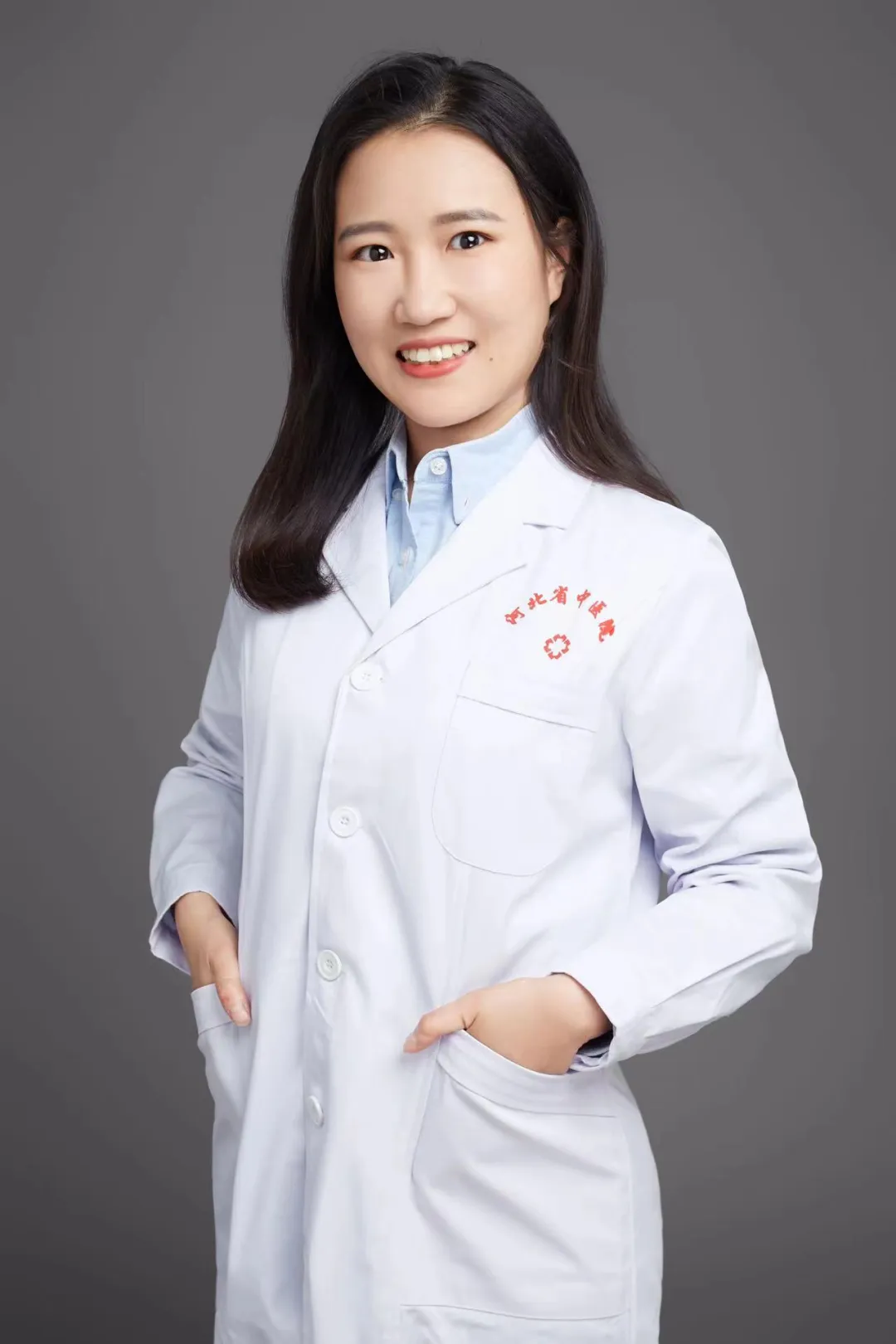
Chen Chang, attending physician, currently pursuing a doctorate, assistant secretary-general of the Hebei Acupuncture Society, standing committee member and secretary of the cupping therapy committee, director of the Hebei TCM Society, and member of the Sleep Committee.
With nearly 10 years of clinical experience in acupuncture, he specializes in fire needle therapy, prick therapy, acupuncture, and various cupping techniques for treating herpes zoster and its sequelae, various headaches, hearing loss and tinnitus, chronic gastroenteritis, anxiety, insomnia, facial paralysis, post-stroke sequelae, allergic constitution, and sub-health conditions.
Introduction to the Acupuncture Department Team (Group 2)
Team Leader:

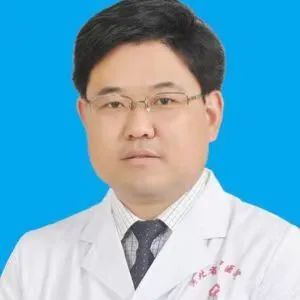
Zhang Suzhao, associate chief physician, associate professor, master’s supervisor. Deputy director of the Acupuncture Department at Hebei Provincial Hospital, responsible for the acupuncture and rehabilitation departments at the West Campus, a disciple of Master Li Diangu, inheritor of the experience of famous old TCM doctors, and a talent of the Hebei “333 Talent Project”.
Team Members:

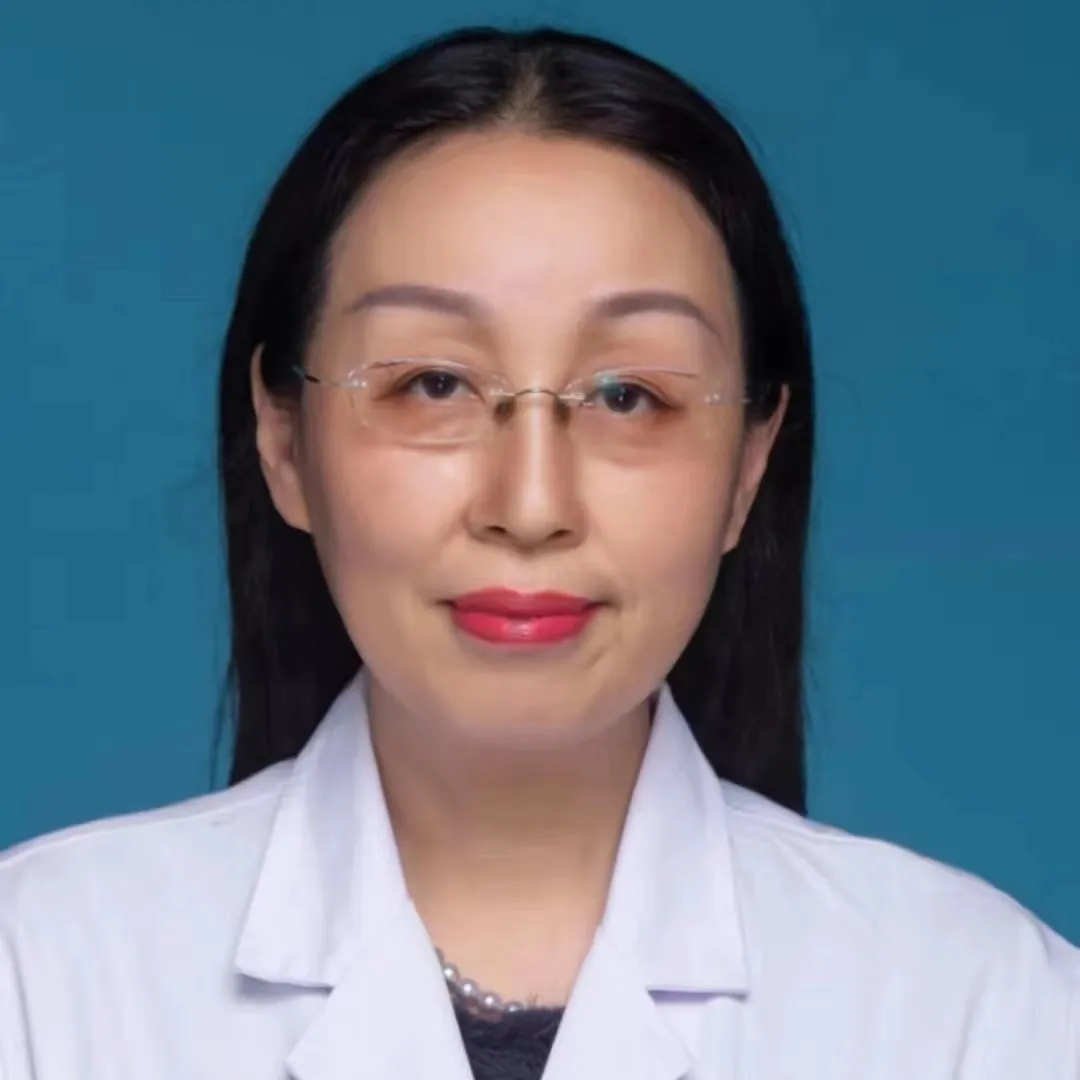
Yuan Jun
Chief physician, professor, doctoral supervisor
Academic leader of the acupuncture specialty,famous TCM doctor in Hebei
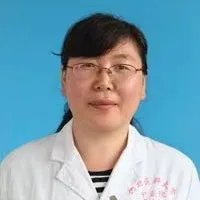
Xue Weihua
Chief physician, professor, master’s supervisor
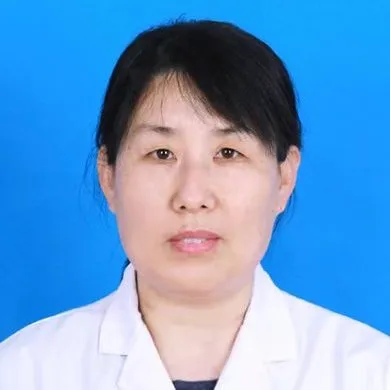
Gao Xiuling
Associate chief physician, associate professor
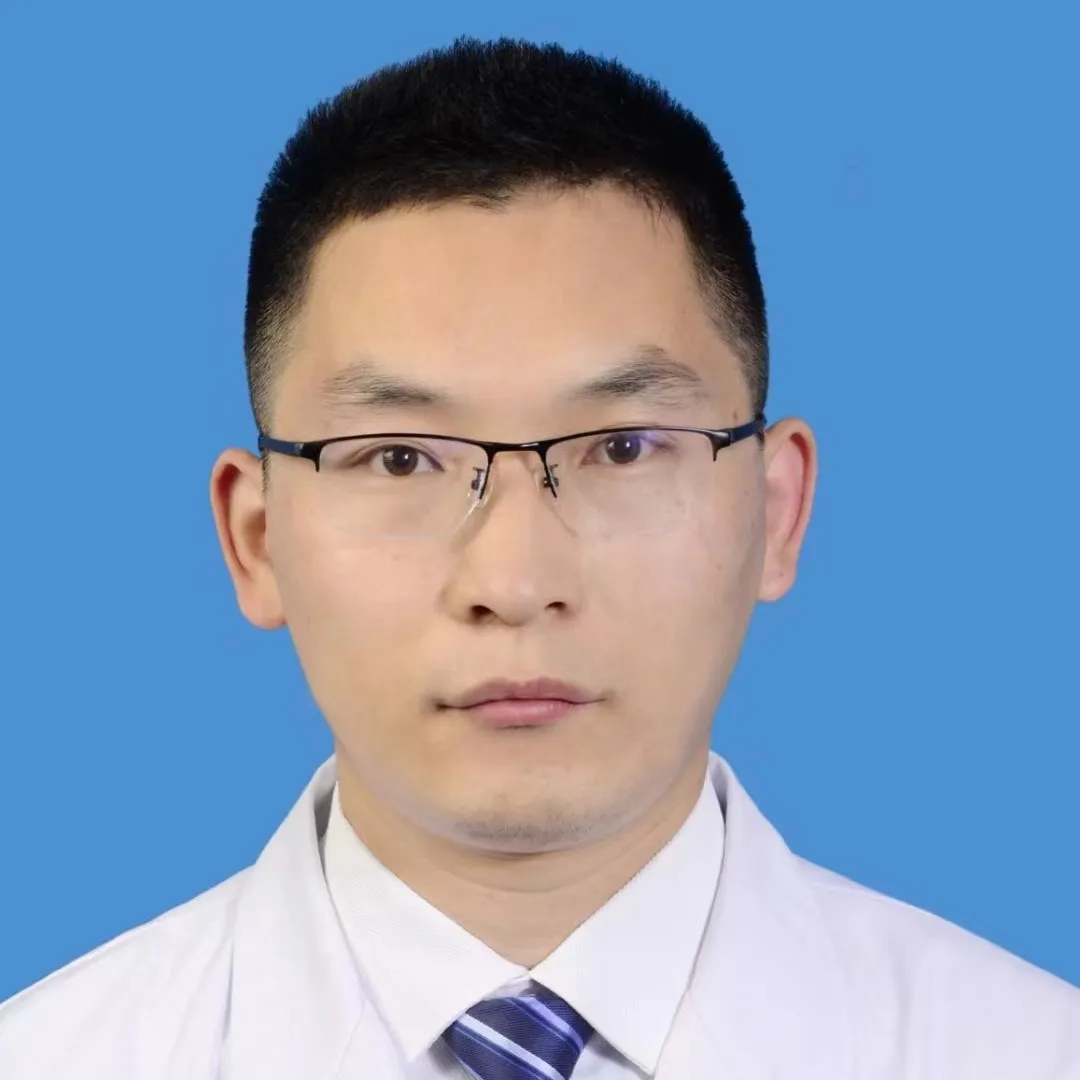
Kang Guohui
Senior attending physician, young backbone physician
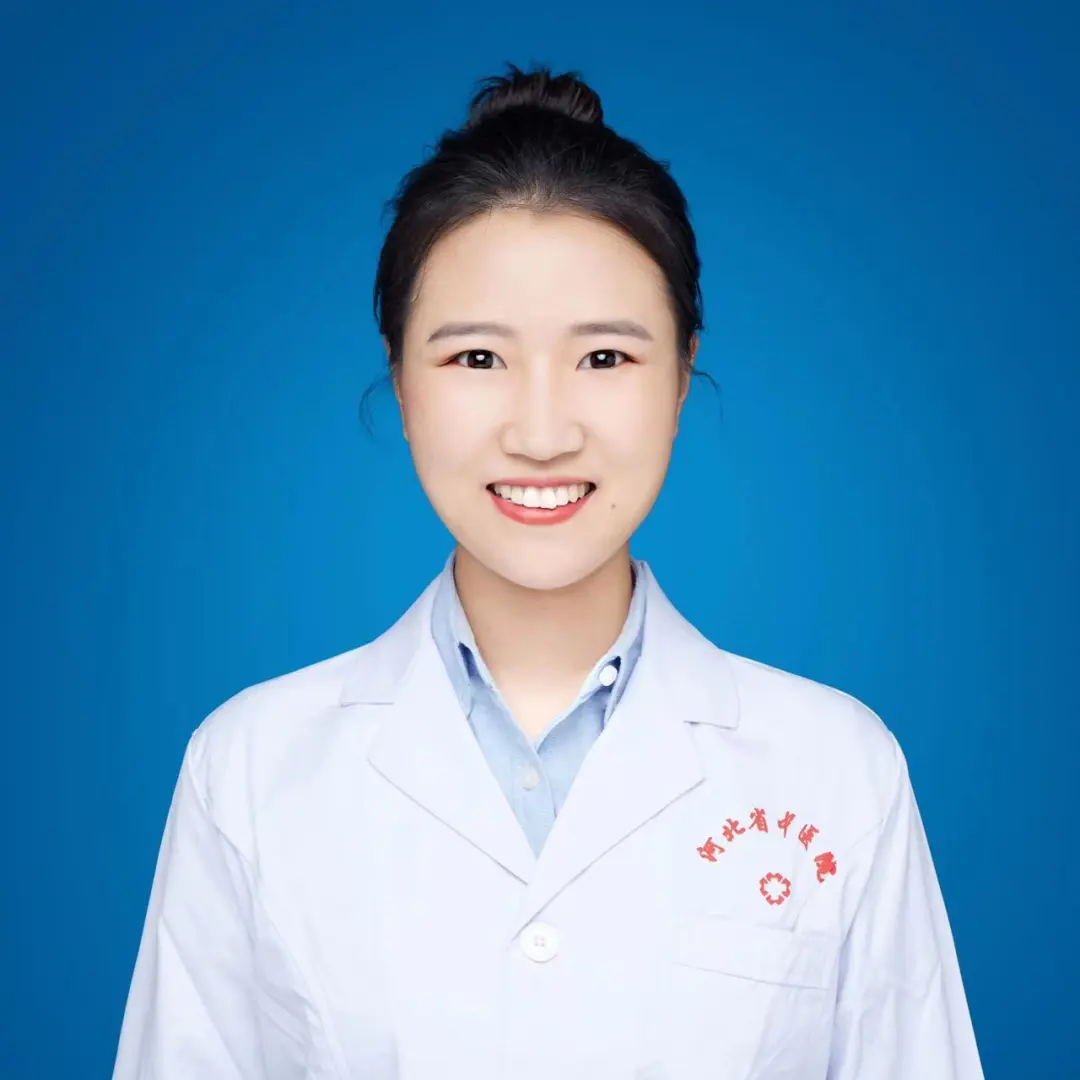
Chen Chang
Attending physician
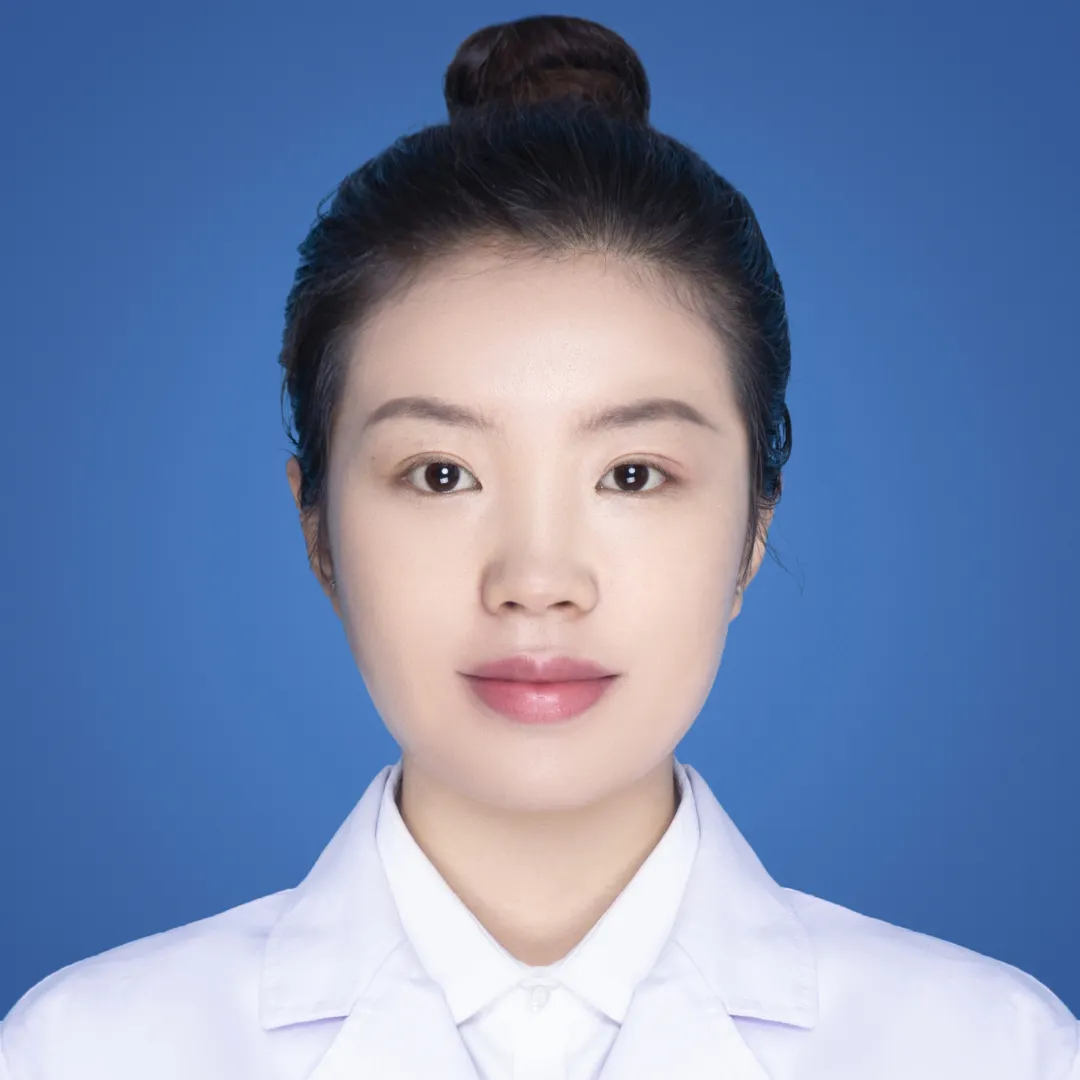
Zhang Chunmin
Attending physician

The Acupuncture Department (including the West Campus Acupuncture Department) Overview
The Acupuncture Department of Hebei Provincial Hospital of Traditional Chinese Medicine is a key specialty under the National “11th Five-Year Plan”, the Hebei Provincial Branch of the National Acupuncture Clinical Research Center, and the Hebei Provincial TCM Brain Disease Treatment Center.
There is 1 famous TCM doctor in Hebei, 1 academic experience guidance teacher for famous old TCM doctors, 1 talent from the Hebei “333 Talent Project”, and 1 inheritor of the experience of famous old TCM doctors. The department currently has 1 doctoral supervisor, 1 postdoctoral work station supervisor, 4 master’s supervisors, 1 medical doctor, 1 doctoral student, 14 medical masters, and 9 senior titles.
Currently, it undertakes 1 national-level research project and 2 provincial-level research projects. It has successively obtained 20 provincial science and technology research achievements and more than 10 Hebei Provincial TCM Science and Technology Awards.
The department also conducts a series of traditional therapies including visualized needle knife therapy, prick therapy, floating needle therapy, fire needle therapy, acupoint embedding, acupoint application, acupoint injection, electroacupuncture, three-edged needle therapy, skin needle therapy, guasha, cupping, and moxibustion. It employs a combination of TCM and Western medicine for diversified and individualized treatment of conditions such as post-stroke rehabilitation, postoperative rehabilitation of the spine, ankylosing spondylitis, lumbar disease, cervical spondylosis, arthritis, tenosynovitis, herpes zoster and its sequelae, insomnia, anxiety and depression, tinnitus and hearing loss, torticollis, obesity, constipation, chronic gastrointestinal diseases, pediatric enuresis, indigestion, dysmenorrhea, insufficient lactation, menopausal syndrome, allergic diseases, and male disorders.


Reviewed by: Zhou Wenping, Fan Junli
Layout/Editor: Publicity Department
 Hebei Provincial Hospital of Traditional Chinese Medicine Internet Hospital
Hebei Provincial Hospital of Traditional Chinese Medicine Internet Hospital

